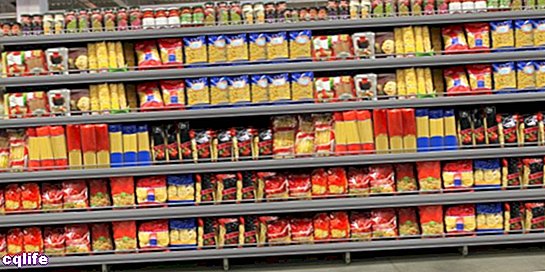We explain what the layout is, what its meaning is and the different areas in which this distribution scheme can be used.

What is thelayout?
When we talk aboutlayout (a loan from English), layout or arrangement, we mean the scheme distribution of the elements within a format or a design. This term applies to various areas, such as technology, the management or graphic design, and is usually equivalent to "plan" or "ordering."
While there is no specific and unique thing to refer to aslayout, in general, this term refers to the planning previous (also “setting”, From English) that is made of a thing or a draft, so that its parameters can be measured, monitored or modified in time.
Thus, a Web programmer working for a business, first gets your employers alayout that exposes the visual and computer framework, so that it can operate as a sketch and serve to develop multiple websites.
In short, thelayout is the prior presentation of the disposition of the information of a project, which is submitted to its directors before, during or about to terminate the work.
The degree of complexity in its preparation will be proportional to the progress in the definition of the project: initially just a few sketches and sketches, but later a much more elaborate and established proposal.
Layout of a company

In matters of marketing or marketing, there is talk oflayout to refer to the location of the products or services in a store or in a market, that is, to its strategic arrangement to minimize the consumption of workforce and guarantee the correct exposure of each product.
Marketing-layout pursues the objective of maximizing sales per square meter, grouping or isolating them based on the criteria of consumption that characterize a given market. For example, when it comes to shelving, a choice is usually made between two types oflayout: rectangular or angular.
Industrial layout
In industrial matters thelayout It usually has to do with the supply chain and the layout of warehouses, among other issues that warrant prior logistical planning.
Thus, the optimization of the processes transfer of the raw material or the processed merchandise, to maximize the speed of preparation and reduce the effort.
This is because both in warehouses and distribution centers the space is finite and requires a strategic planning to achieve a rapid flow of materials, in the first case, or an optimization of the process ofpicking (selection) in the second.
Layout in graphic design

All graphic design presents a visual framework, a minimum order of allocation and distribution of graphic elements in the given space (a sheet, a monitor, etc.), and that often determines logical, causal or interpretive relationships of the message.
For this reason, the elaboration of advertising campaigns, web pages or flyers, for example, usually has a previous stage of drawing up sketches and graphic models. This is known in graphic design aslayout.
This stage is key to understanding what the client asks and to show a possible frame of forms at the outset, colors and spaces in the product, before you even actually start producing it. There are usually several stages oflayout before you risk producing an original design.
